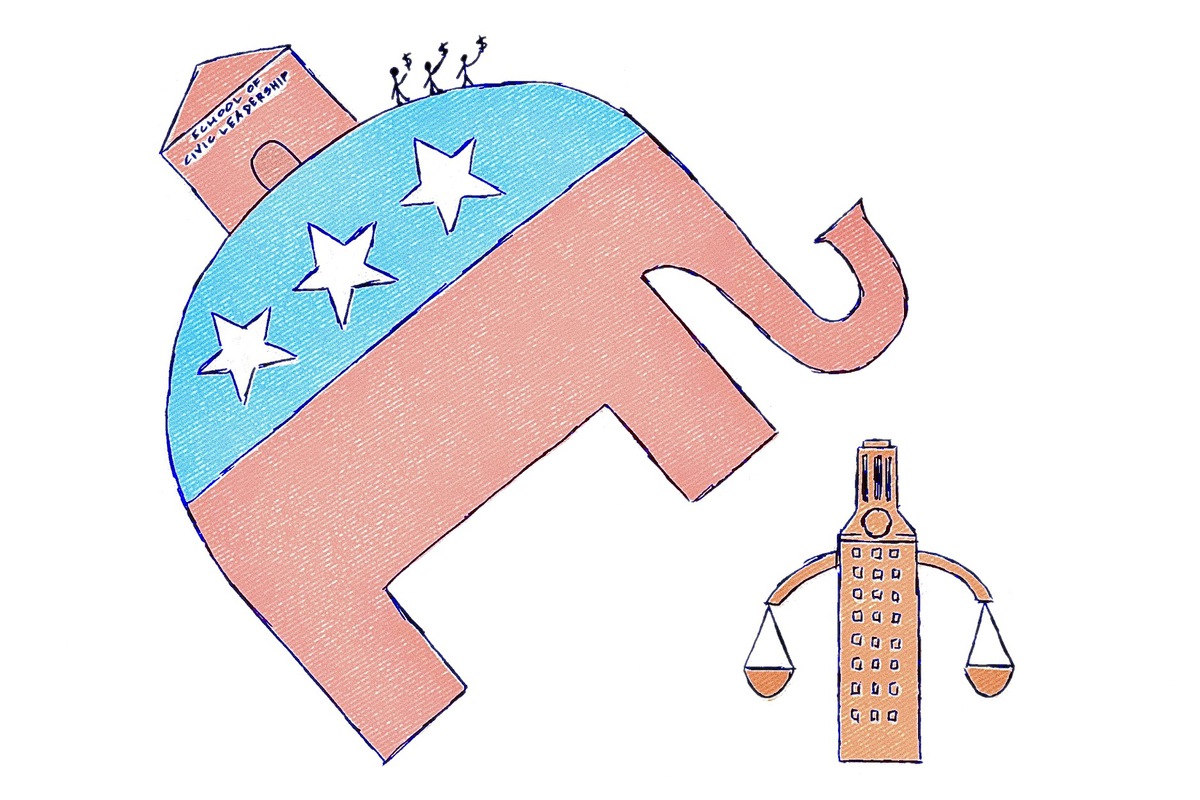As you flip through a magazine, you see pictures of stick-thin models posing for the camera. They have the physique that women desire: a beautiful smile, flawless skin and a slender body.
The media has defined skinnier as beautiful, and this definition has pressured young women to slim down, even when they don’t need to. A study conducted by the U.S. Department of Health and Human Services in January 2016 that shows 91 percent of women are unhappy with their bodies and resort to dieting and 80 percent of women say images of women in the media makes them feel insecure.
To combat this stigma, the fashion industry has coined the term “plus size” to promote acceptance of all body types. However, the term is problematic, because it continues to put women in a box — if they are not suited in normal sizes, they are categorized into plus size.
Opposition to this label is gaining powerful support. Celebrities such as Melissa McCarthy, Meghan Trainor and Amy Schumer are also sick of the word and don’t believe it’s empowering.
Shelby Stebler, a journalism freshman and writer for SPARK Magazine, discusses how the plus-size movement is progressive, but the label can be problematic.
“[The label] classifies women as being large and in some way not normal,” Stebler said. “[By] classifying them in this category of otherness, it could make women feel out of place. I would say the label itself is negative, but the movement to include women of all shapes and sizes is positive. Women need to see their body types represented as beautiful in media.”
However, there are women who are proud to be labeled plus size. Tess Holliday said to People Magazine that the whole thing is actually “silly, because the term has never been used in a negative way,” adding “when [women] look online, or look in magazines, they see that label, or see that term, they feel like they’re not alone.”
While inclusivity in weight can comfort some women, it still creates a potentially toxic exclusionary atmosphere. This becomes more problematic when different clothing shops have different standards for “plus-sized.” Some define it to be a size 10 and up, while others say a size 6 is considered the same. These inconsistencies make the term even more ambiguous and ineffective.
Additionally, assuming that “normal” size is between a 2 and a 6 is inaccurate, as the majority of women in the U.S. are a size 14 and above, according to Houston-based Plunkett Research. It’s ridiculous that the phrase “plus size” defines some women who are are smaller than average.
Some women are a size 0, others a size 14. Department stores should simply expand their clothing sizes to cater to all women instead of labeling certain sections as plus size. All women, regardless of their size, should feel beautiful and confident as long as they are practicing a healthy lifestyle. The label needs to be abolished to progress into a more sensitive and caring society that will effectively increase messages of body positivity.
Kim is a journalism freshman from Austin. Follow her @sunny_newsiee.





















